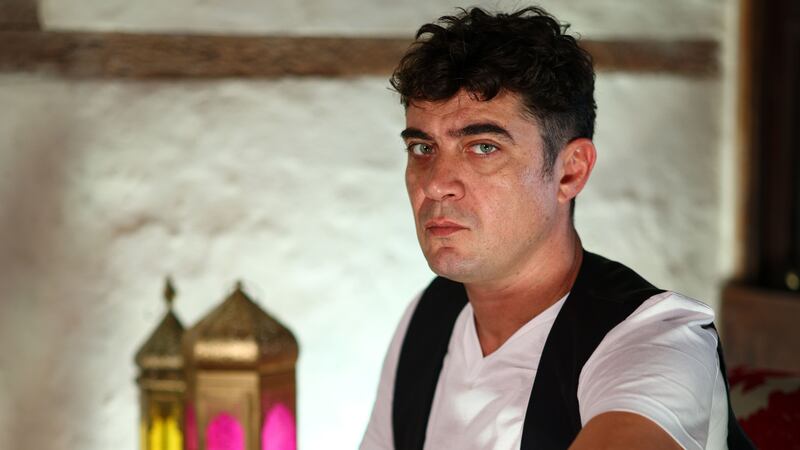This week’s column is all about simple fish cookery, specifically aimed at people who are not confident cooks. Over the summer I’ll be focusing a lot more on the bounty of the sea, building from the simplicity here to more complex dishes come the end of the summer.
While having a fish course in a restaurant is an all-year-round affair, I really only cook it at home in spring and summer. For one, the weather improves and, as I like to pretend I’m fit and healthy, a nice piece of fish fits the facade I’ve sold myself. Secondly, that fine weather results in more boats at sea delivering a larger quantity and variety of seafood, which in turn pushes the prices down.
I consider seafood a precious and prized ingredient, especially when you think about the work that goes in to sourcing it. Any fish worth its salt will be wild, which basically involves hunting it down without any guarantee of finding it. When you consider that the hunting grounds are at 200-1,200ft depth (imagine the length of two Croke Park pitches below you) about 200 miles off the west coast of Ireland in the case of the Porcupine Bank, you begin to understand why we pay a little extra for our fish dinner. Consider again the treacherous working conditions, unpredictable weather and constantly evolving costs of running a boat and crew, and the piece of fish on our chopping board takes on a whole new meaning.
At Slea Head on the Dingle peninsula, a large crucifix was erected by the locals to watch over and protect the boats and their crew below. It stands as a reminder to respect the ingredient before cooking it. In the past, lives have been lost sourcing it
As I kid I was fascinated with commercial fishing and the numerous species off the deep waters around our coast. It’s funny how random moments in your childhood stick with you in the long term.
READ MORE
Many people will be familiar with the Slea Head drive on the westernmost point of Ireland on the Dingle Peninsula. The view over the Blasket Islands and beyond are world renowned. Most stand at the lay-by, looking west into the gateway to the Atlantic. While they peer back for the photo op, they’ll notice a large crucifix wedged in to the rock face of the headland, flanked by the road, which almost floats between the mountain above and sea below. It’s painted white, with two hooded figures surrounding the base, praying to the cross above.
More than 70 years old, it was erected by the locals to watch over and protect the boats and their crew below, at the last point of land before they entered the unforgiving Atlantic. To this day it stands as a reminder to respect the ingredient before cooking it. In the past, lives have been lost sourcing it.
With all that context, it’s time to cook. First up is a recipe using hake, a plentiful, deepwater white fish that is still in abundance, and holds up beautifully when baked in the oven. To cook it a la Grenobloise is a fancy French cheffy phrase for a lemon and caper brown butter with parsley. We have the parsley in the herb crust that tops the fish, which is finished with the simple butter sauce made in a separate pot. The potatoes will soak up all the juices from the fish and dressing. This is a really simple family dinner and a great way to introduce fish to our menus.
Next up is a simple prawn rice that uses nduja sausage to add spice and colour to the table. If you don’t have nduja, chorizo will work too. This one-pan wonder can get to the table in under 20 minutes. I’ve used cheaper prawns here, but higher-grade langoustine, or even Irish lobster, can be cooked this way too.
Recipe: Hake Grenobloise with crushed potatoes
Recipe: Prawns with spicy nduja rice














